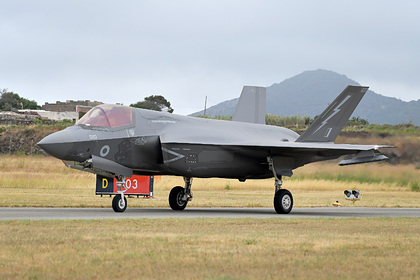The United Kingdom, the United States and Italy have raised from the bottom of the Mediterranean the sunken fifth-generation fighter F-35 Lightning II, which got there in November after the crash of the British aircraft carrier Queen Elizabeth, reports The Drive.
The publication notes that Russia could be interested in accessing fragments of the lost aircraft, so it was important to extract its wreckage as soon as possible. "The successful detection of the wreckage of the aircraft and their extraction was a top priority, given the security risks that would arise if any part of the aircraft fell into the hands of a less friendly country, for example, Russia," the American edition writes.
In total, it took two weeks to detect fragments of the F-35 Lightning II, and another one to extract them. The Drive notes that the most likely reason for the loss of the $100 million aircraft was human error.
In November, military expert Dmitry Boltenkov told Izvestia that the recognition unit of the "friend-foe" system and weapons control equipment may be of particular interest to the Russian side among the elements in the wreckage of the fifth-generation British fighter with a short takeoff and vertical landing of the F-35B Lightning II in the Mediterranean Sea.
In the same month, the British tabloid Daily Mirror wrote that the Royal Navy of Great Britain participated in a "race against the Russians" for the recently lost F-35B Lightning II aircraft in the Mediterranean.
The F-35B Lightning II fighter of the Royal Navy of Great Britain sank on the morning of November 17 in the Mediterranean Sea. The pilot managed to eject and was taken to the British aircraft carrier Queen Elizabeth. The incident occurred during a scheduled flight.
Ivan Potapov

